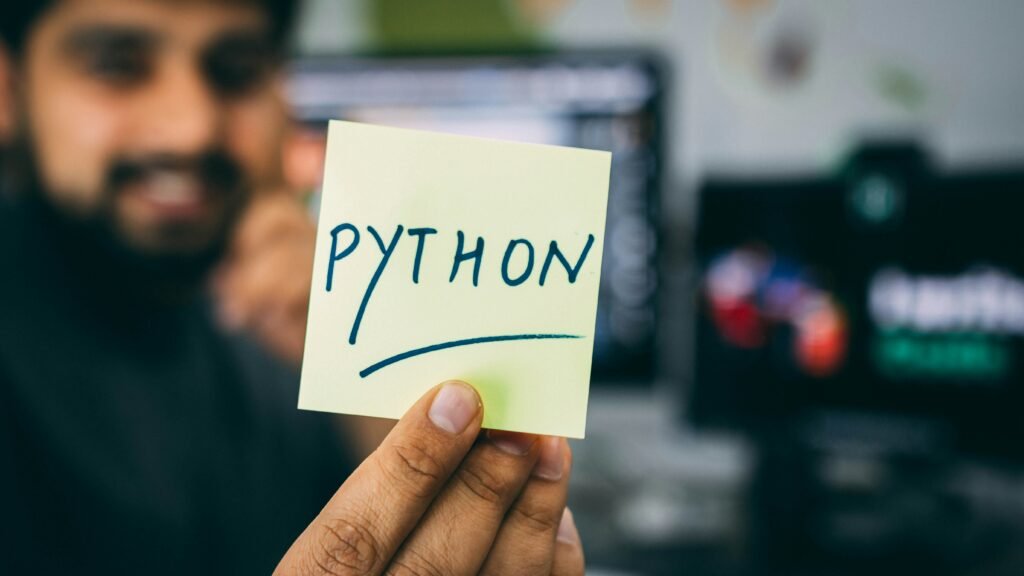
Handling Exceptions in Python using Try-Except Blocks
In Python, exceptions are errors that occur during the execution of a program. These exceptions can be handled using the try-except block, which allows you to catch and handle specific types of exceptions.
Using the Try-Except Block
The basic syntax for using the try-except block in Python is as follows:
try:# Code that may raise an exceptionexcept ExceptionType:# Code to handle the exception
When the code inside the try block raises an exception of the specified type, the code inside the except block is executed. If the exception raised does not match the specified type, it is not caught by the except block and is propagated up the call stack.
Example: Handling a ZeroDivisionError
Let’s consider an example where we want to divide two numbers entered by the user. We will use a try-except block to handle the ZeroDivisionError that may occur if the user enters 0 as the second number.
try:num1 = int(input("Enter the first number: "))num2 = int(input("Enter the second number: "))result = num1 / num2print("The result of the division is:", result)except ZeroDivisionError:print("Error: Cannot divide by zero.")
In this example, the code inside the try block prompts the user to enter two numbers. It then performs the division operation and prints the result. If the user enters 0 as the second number, a ZeroDivisionError is raised and the code inside the except block is executed. The except block prints an error message indicating that division by zero is not allowed.
Handling Multiple Exception Types
In addition to handling a single type of exception, you can also handle multiple types of exceptions using multiple except blocks. Each except block can handle a different type of exception, allowing you to provide specific error messages or perform different actions based on the type of exception.
Example: Handling Multiple Exception Types
Let’s consider an example where we want to read a file and perform some operations on its contents. We will handle two types of exceptions: FileNotFoundError and IOError.
try:file = open("example.txt", "r")# Perform operations on the filefile.close()except FileNotFoundError:print("Error: The file does not exist.")except IOError:print("Error: An I/O error occurred.")
In this example, the code inside the try block attempts to open a file named “example.txt” in read mode. If the file does not exist, a FileNotFoundError is raised, and the code inside the first except block is executed. If an I/O error occurs while reading the file, an IOError is raised, and the code inside the second except block is executed. In both cases, an appropriate error message is printed.
Handling Multiple Exception Types with a Single Except Block
If you want to handle multiple exception types in the same way, you can use a single except block and specify multiple exception types separated by commas.
Example: Handling Multiple Exception Types with a Single Except Block
Let’s consider an example where we want to perform some operations on a list based on user input. We will handle two types of exceptions: IndexError and ValueError.
try:my_list = [1, 2, 3]index = int(input("Enter the index: "))value = int(input("Enter the value: "))my_list[index] = valueexcept (IndexError, ValueError):print("Error: Invalid index or value.")
In this example, the code inside the try block creates a list and prompts the user to enter an index and a value. It then attempts to assign the value to the specified index in the list. If an IndexError or a ValueError occurs, indicating an invalid index or value, the code inside the except block is executed. The except block prints an error message indicating that the index or value is invalid.
Conclusion
The try-except block in Python provides a way to handle exceptions and gracefully handle errors in your code. By using the try-except block, you can catch specific types of exceptions and handle them in a way that makes sense for your program. This allows you to provide informative error messages to the user and prevent your program from crashing.
Remember to use the try-except block judiciously and only catch the exceptions that you are expecting and can handle. Catching too many exceptions or catching overly broad exceptions can make your code harder to debug and maintain. It is also important to handle exceptions gracefully and provide meaningful error messages to the user.



